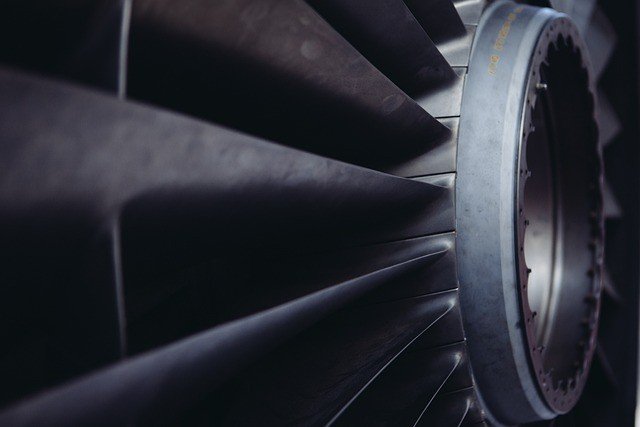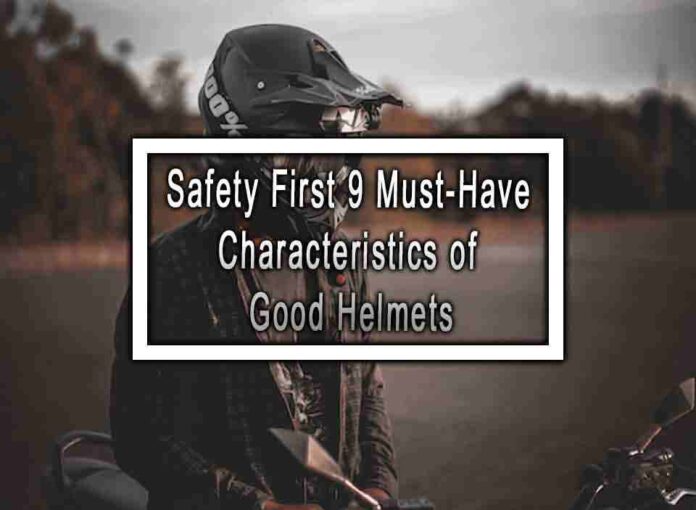When it comes to helmets, safety should always be the top priority. Whether you’re engaging in activities like biking, motorcycling, or participating in certain sports, wearing a good helmet can significantly reduce the risk of head injuries. Here are nine must-have characteristics of a good helmet:
1. Proper Fit
A good helmet should fit securely on your head without being too tight or too loose. It should sit level on your head and cover your forehead, with the chin strap securely fastened.
2. Certification
Look for helmets that meet the safety standards set by recognized organizations, such as the Consumer Product Safety Commission (CPSC) in the United States, or the European standard EN1078. Certification ensures that the helmet has undergone rigorous testing for impact protection.
3. Hard Outer Shell
The outer shell of a helmet should be made of strong and durable materials, such as polycarbonate or fiberglass, to provide protection against impacts and penetration.
4. Impact-absorbing Liner
Inside the helmet, there should be a thick layer of foam or padding that absorbs and disperses the force of an impact, reducing the risk of head injuries. Common materials used for this purpose include expanded polystyrene (EPS) foam.
5. Ventilation
Good helmets have adequate ventilation to keep your head cool and comfortable during activities. Ventilation helps in preventing overheating and excessive sweating, which can affect your focus and comfort.

6. Adjustable Straps and Retention System
The straps and retention system of a helmet should be adjustable to ensure a secure and comfortable fit. The chin strap should be adjustable and fastened snugly under your chin to keep the helmet in place during impacts.
7. Visor or Face Shield (if applicable)
Helmets for activities like biking or motorcycling may have a built-in visor or a face shield to protect your eyes from debris, wind, and sunlight. Ensure that the visor provides clear visibility and is easily adjustable.
8. Reflective Elements
For helmets used in low-light conditions or at night, having reflective elements, such as reflective stickers or strips, can enhance your visibility to others, increasing safety.
9. Weight
While a lightweight helmet is desirable for comfort, it should not compromise safety. Look for helmets that balance weight reduction with adequate protection.
Remember that helmets have a lifespan and should be replaced if they have been involved in an accident, show signs of damage, or if they have reached their recommended expiration date. Regularly inspect your helmet for any cracks, dents, or other signs of wear and tear.
Investing in a good helmet is a crucial step towards prioritizing safety during activities that involve potential head injuries. Choose a helmet that meets these characteristics and ensures proper protection to enjoy your activities with peace of mind.










